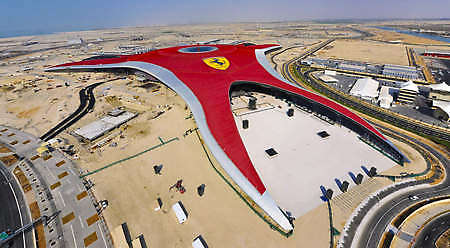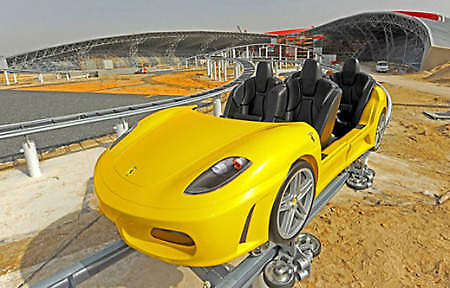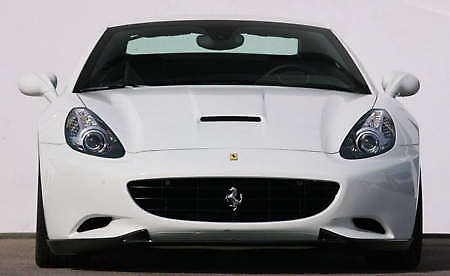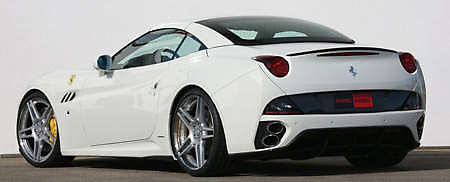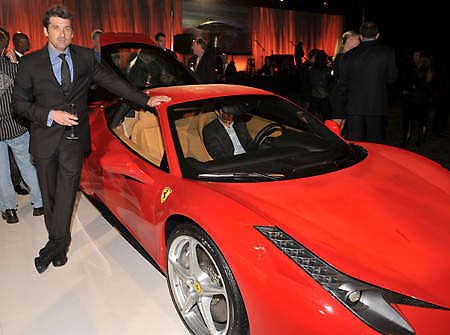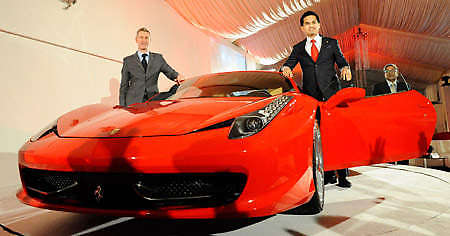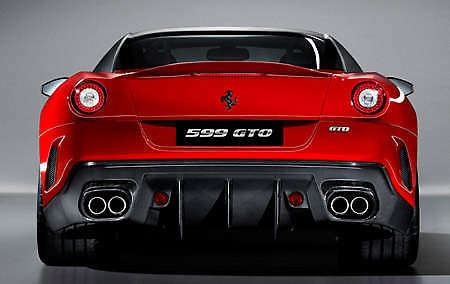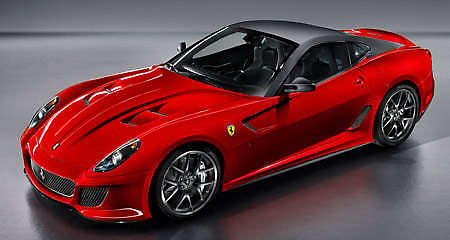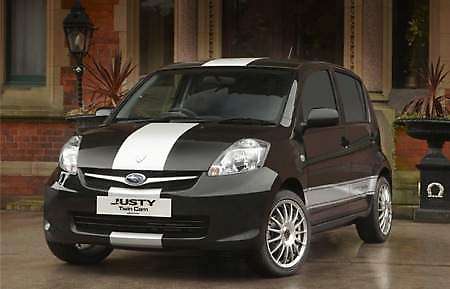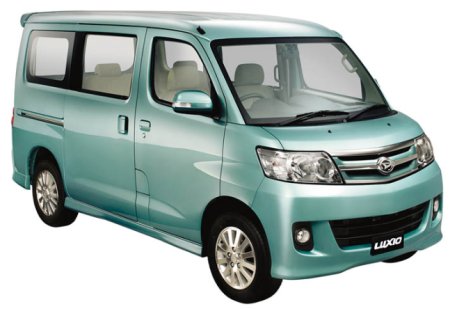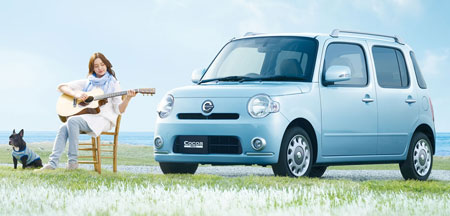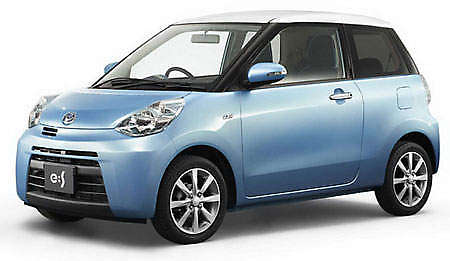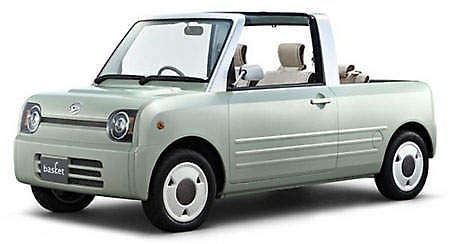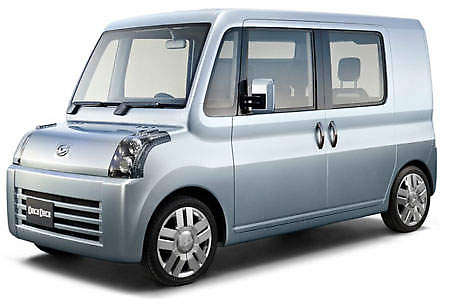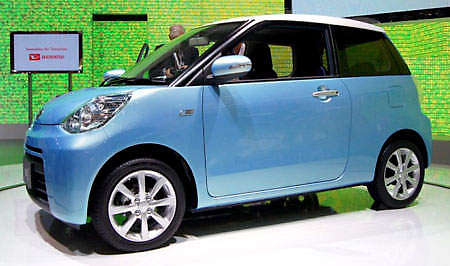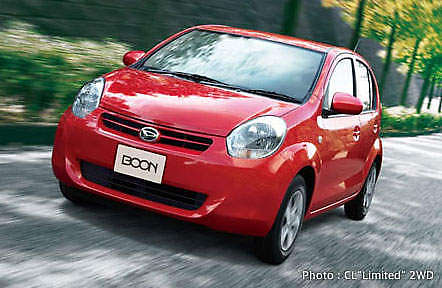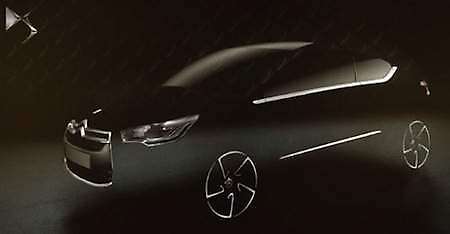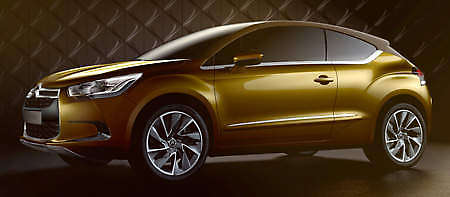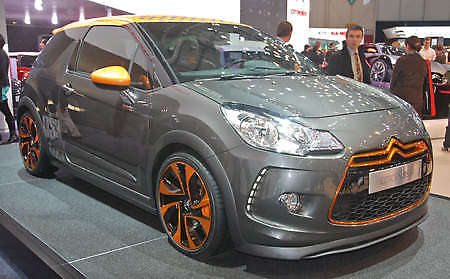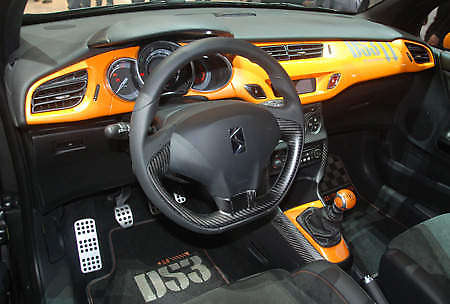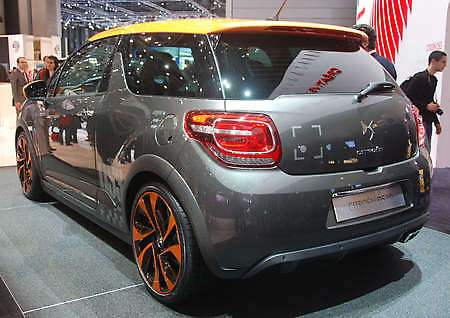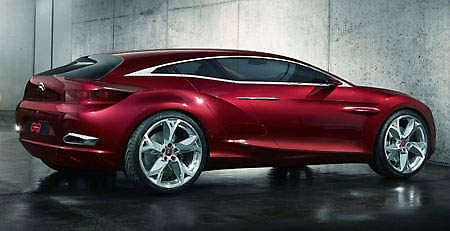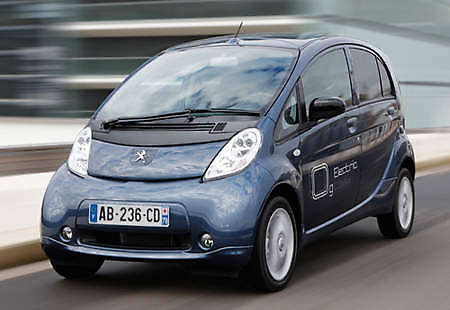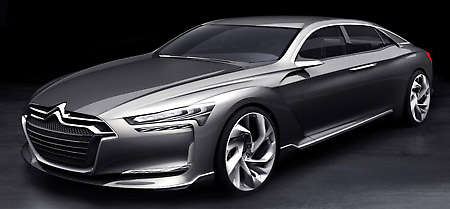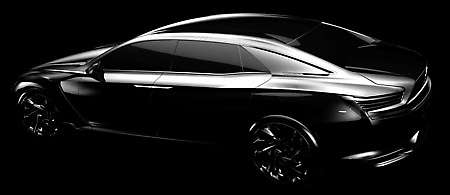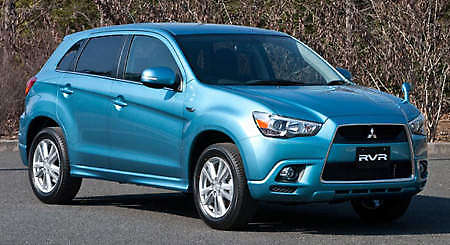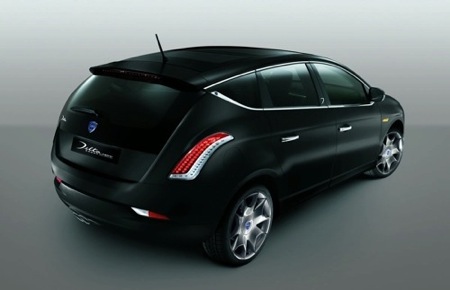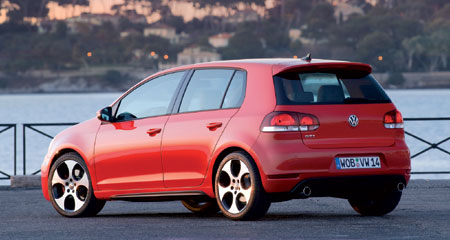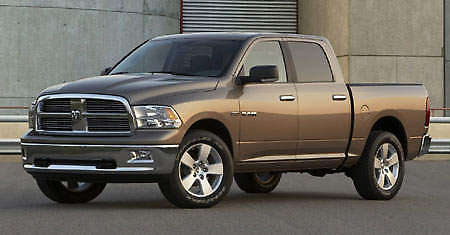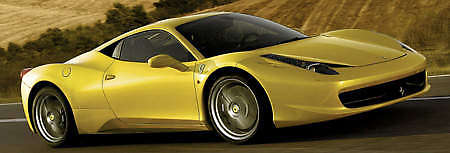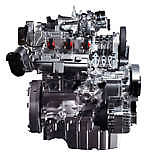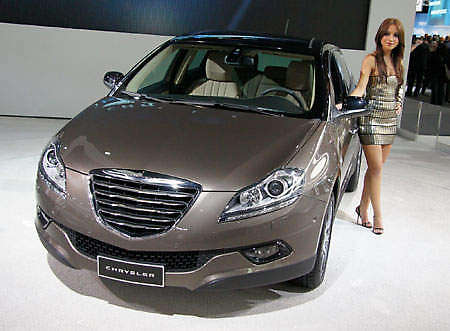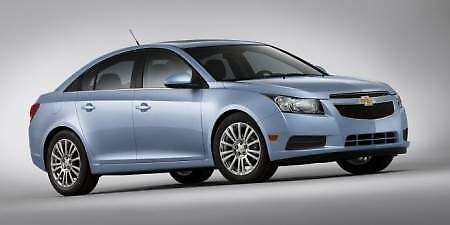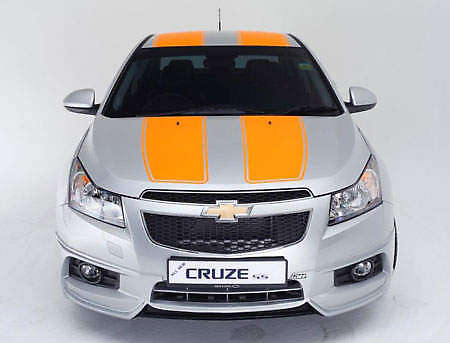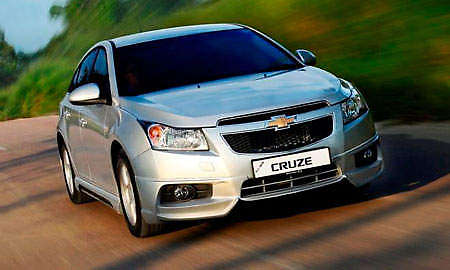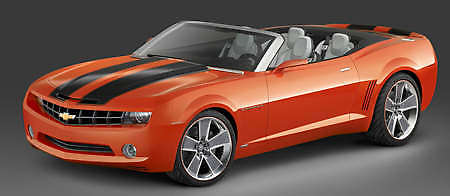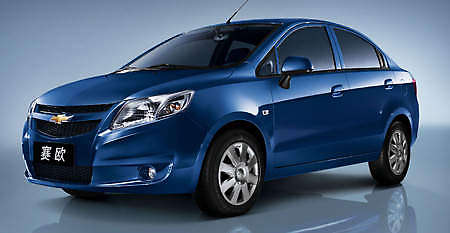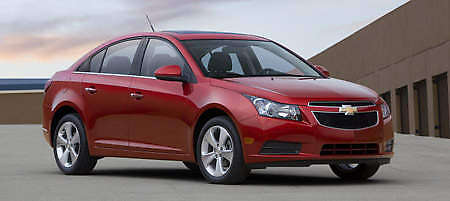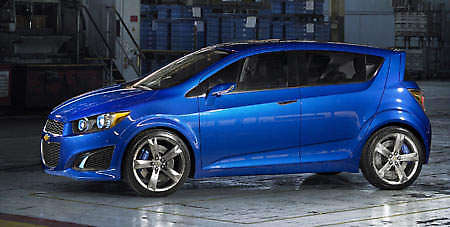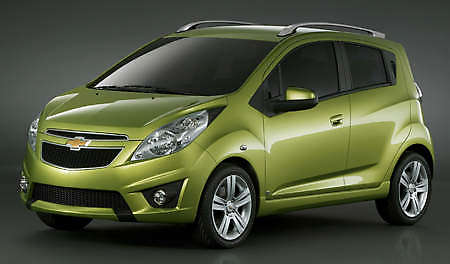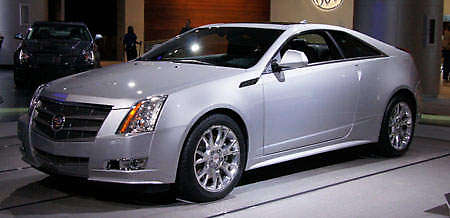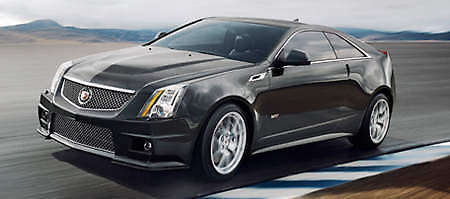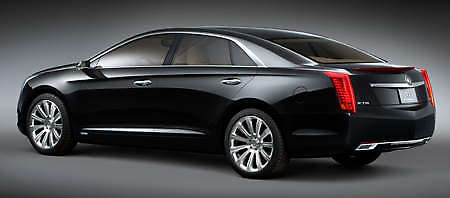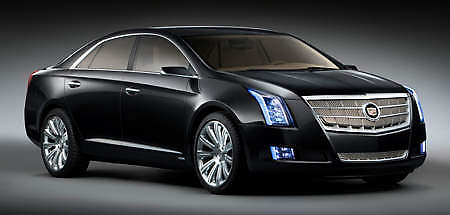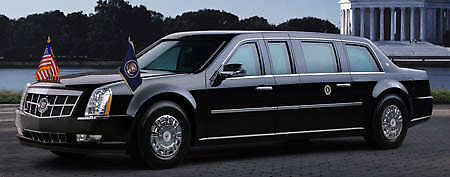GM Europe’s Insignia has been getting good reviews
Well, the conditions for Fiat to take up a stake with the now bankrupt Chrysler has been fulfilled, and Fiat has been quick to look to something else in order to hasten the move towards consolidation of the auto companies during this recession.
Many have predicted that there will only be a few automakers left after this slump, with the rest either eliminated or merged. Datuk Syed Zainal’s suggestion for Proton to merge with Perodua a couple of weeks back would put Proton under the Toyota umbrella via Perodua’s Daihatsu shareholding, which is in turn owned by Toyota.
Lancia, Alfa Romeo, Fiat, Vauxhall and Opel could share B and C platforms
Anyway back to Fiat and the New Chrysler – a third piece of the puzzle that Fiat is said to be interested in acquiring is GM Europe, which covers Opel, Vauxhall, and other GM European operations. The resulting company would be a giant with annual sales of 6 to 7 million cars, which is claimed to be similiar to how much the Volkswagen Group puts out. Saab is pretty much a separate thing, and at least 10 parties are interested in acquiring them at the moment, according to Saab spokersman Eric Geers.
The new company is temporarily given the codename Fiat/Opel and is described by Fiat head Sergio Marchionne to be a “marriage made in heaven” as Fiat and Opel could consolidate their B and C segment cars to use the same platforms, while Fiat continued with its small A-segment platform and Opel’s D-segment platform. Apparently Fiat offered 1 billion Euros for Opel, but GM considers the amount too small for the moment. No updates if any other follow-up offers were made.
Volkswagen’s platform-sharing success is an inspiration to all
But of course whenever there’s any news to do with GM you have to listen to what their unions have to say. Opel senior labor leader Klaus Franz says if the Fiat and GM Europe merger does happen, between 9k to 10k jobs may be lost via factory closures and other restructuring. He then accused Marchionne of trying to build a global carmaker financed with German and American taxpayer money.
Volkswagen’s CEO Martin Winterkorn also warned that achieving and maintaining real synergies between multiple brands while increasing volumes and lowering costs is a very difficult thing to do. He added that Volkswagen’s platform-sharing strategy started all the way back in 1992 and it was alot of hard work and planning for it to be the success that it is today.
And Fiat and GM have already been in some sort of alliance from the year 2000 to 2005, which ended in GM paying over US$2 billion to get out of the arrangement because it was not going very well. At that time Fiat was burning cash at a rate of nearly US$2 billion a year, accumulating $14 billion in net losses during the 5 year period. It was the time of the Fiat Stilo which went nowhere, and a Fiat Punto that shared components with an Opel Corsa.
Whatever happens, it’s really one thing to build a huge empire that could be the second largest carmaker in the world and perhaps the largest in the future, but another to structure and manage it properly once formed. Just look at GM and its mess of brands. You could end up flourishing like the Volkswagen Group or just another GM or DaimlerChrysler.

